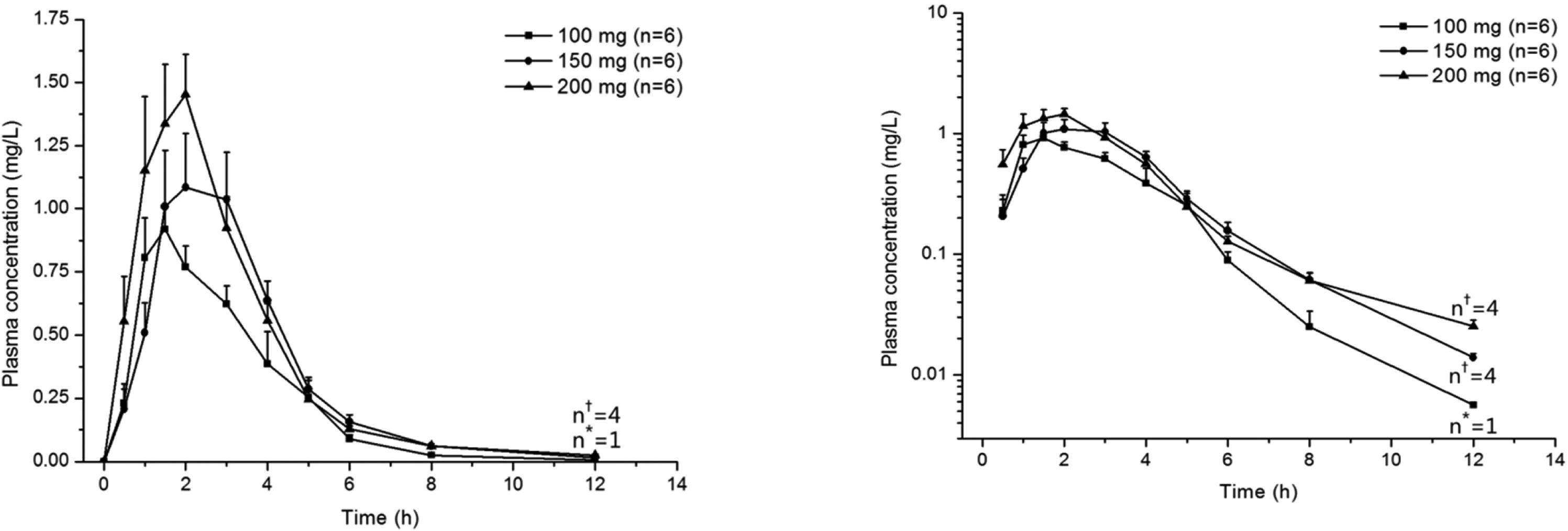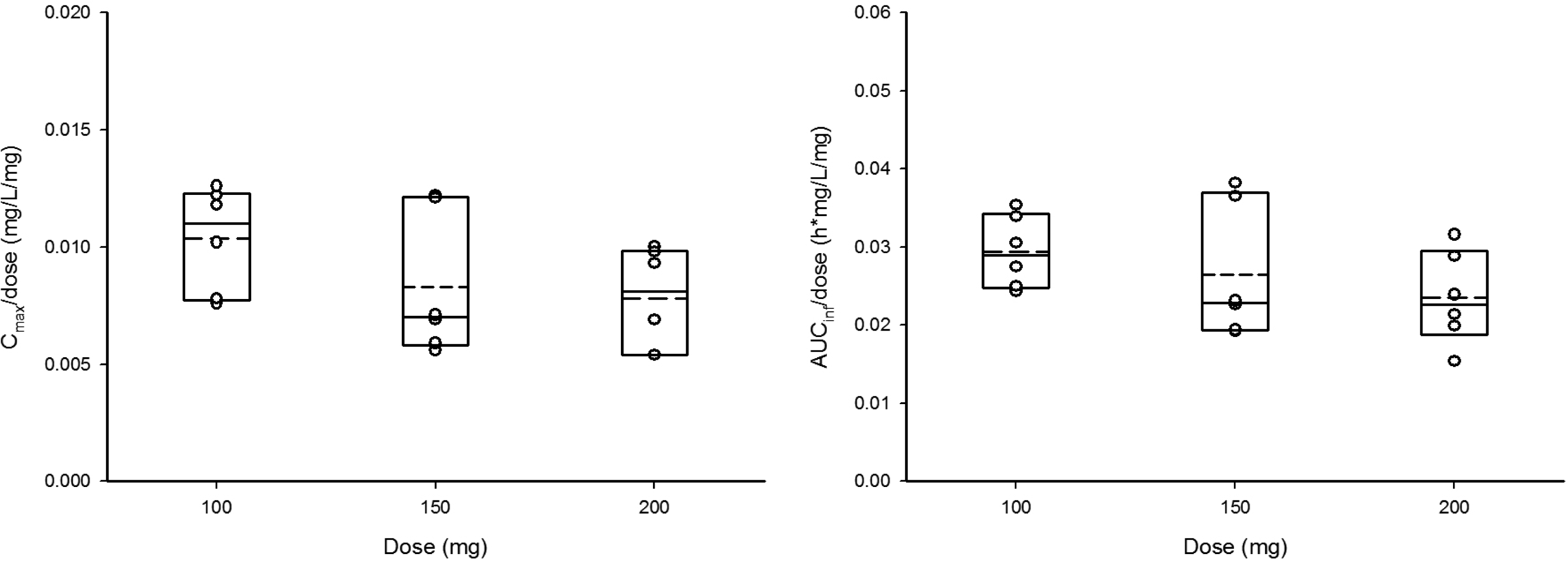1. Cazzola M. Novel oral cephalosporins. Exper Opin Investig Drugs. 2000; 9(2):237–246.

2. Totsuka K, Shimizu K, Konishi M, Yamamoto S. Metabolism of S-1108, a new oral cephem antibiotic, and metabolic profiles of its metabolites in humans. Antimicrob Agents Chemother. 1992; 36(4):757–761.

3. Neu HC, Gu JW, Fang W, Chin NX. In vitro activity and susceptibility to hydrolysis of S-1006. Antimicrob Agents Chemother. 1992; 36(6):1336–1341.

4. Speciale A, Caccamo F, Blandino G, Giacchi GT, Aleo G, Nicoletti G. Cefetamet pivoxil: comparable evaluation with other orally available antibiotics against selected species of respiratory pathogens. Chemotherapy. 1996; 42(1):1–10.

5. Choo EJ, Kwak YG, Lee MS, Jeong J-Y, Choi S-H, Kim NJ, Kim YS, Woo JH, Ryu J. In vitro antimicrobial activity of cefcapene against clinical isolates. Infect Chemother. 2005; 37(3):133–137. (Korean).
6. Kuwahara K, Yokota T. S-1006, the active form of S-1108: its in vitro antibacterial activity. Japanese Journal of Chemotherapy. (in Japanese). 1993; 41(S-1):30–39.
7. Nomura K, Doi M, Yoshida T. S-1108, a new oral cephem antibiotic: stability against β -lactamases and affinity for penicillin-binding proteins. Jpn J Chemother. 1993; 41(S-1):102–108.
8. Saito A, Hiraga Y, Watanabe A, Saito A, Shimada K, Kobayashi H, Odagiri S, Miki F, Soejima R, Oizumi K, Hara K, Nakashima M, Sasaki S. Comparative clinical study of cefcapene pivoxil and cefteram pivoxil in chronic respiratory tract infections by a double-blind method. J Int Med Res. 2004; 32(6):590–607.

9. Lee JE, Han DH, Won TB, Rhee CS. A randomized, double-blinded, open label study of the efficacy and safety of cefcapene pivoxil and amoxicillin-clavulanate in acute presumed bacterial rhinosinusitis. Clin Exp Otorhinolaryngol. 2011; 4(2):83–87. (Korean).

10. Koga T, Rikimaru T, Tokunaga N, Higashi T, Nakamura M, Ichikawa Y, Matsuo K. Evaluation of short-term clinical efficacy of 3-day therapy with azithromycin in comparison with 5-day cefcapene-pivoxyl for acute streptococcal tonsillopharyngitis in primary care. J Infect Chemother. 2011; 17(4):499–503.

11. Sakata H. Comparative study of 5-day cefcapene-pivoxil and 10-day amoxicillin or cefcapene-pivoxil for treatment of group A streptococcal pharyngitis in children. J Infect Chemother. 2008; 14(3):208–212.

12. Nakashima M, Uematsu T. Phase I study of S-1108, a new ester-type oral cephem antibiotic. Jpn J Chemother. 1993; 41(S-1):109–125.
13. Hummel J, McKendrick S, Brindley C, French R. Exploratory assessment of dose proportionality: review of current approaches and proposal for a practical criterion. Pharm Stat. 2009; 8(1):38–49.

14. Kato K, Shirasaka Y, Kuraoka E, Kikuchi A, Iguchi M, Suzuki H, Shibasaki S, Kurosawa T, Tamai I. Intestinal absorption mechanism of tebipenem pivoxil, a novel oral carbapenem: involvement of human OATP family in apical membrane transport. Mol Pharm. 2010; 7(5):1747–1756.

15. Shiba K, Yoshida M, Kaji M, Hori S, Shimada J, Sakai O. Basic and clinical studies on S-1108. Jpn J Chemother. 1993; 41(S-1):264–271.
16. Aoki N, Usuda Y, Koda Y, Takasawa T, Wakabayashi N, Hayashi S, Nitta I, Kourakata Y, Watanabe K, Honma Y. Clinical pharmacology and efficacy of S-1108. Jpn J Antibiot. 1993; 46(12):1063–1074.






 PDF
PDF ePub
ePub Citation
Citation Print
Print


 XML Download
XML Download